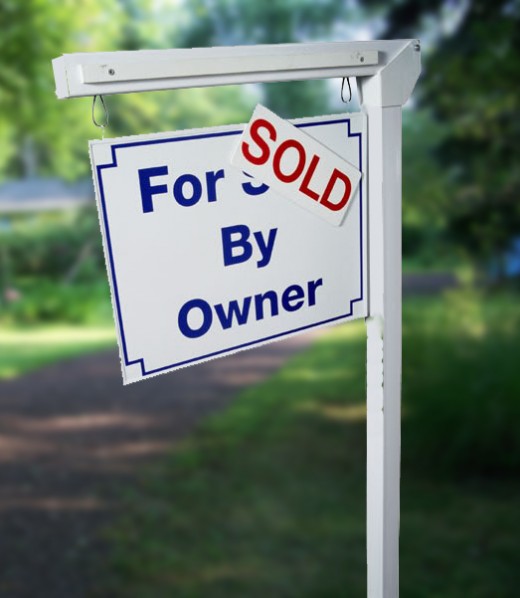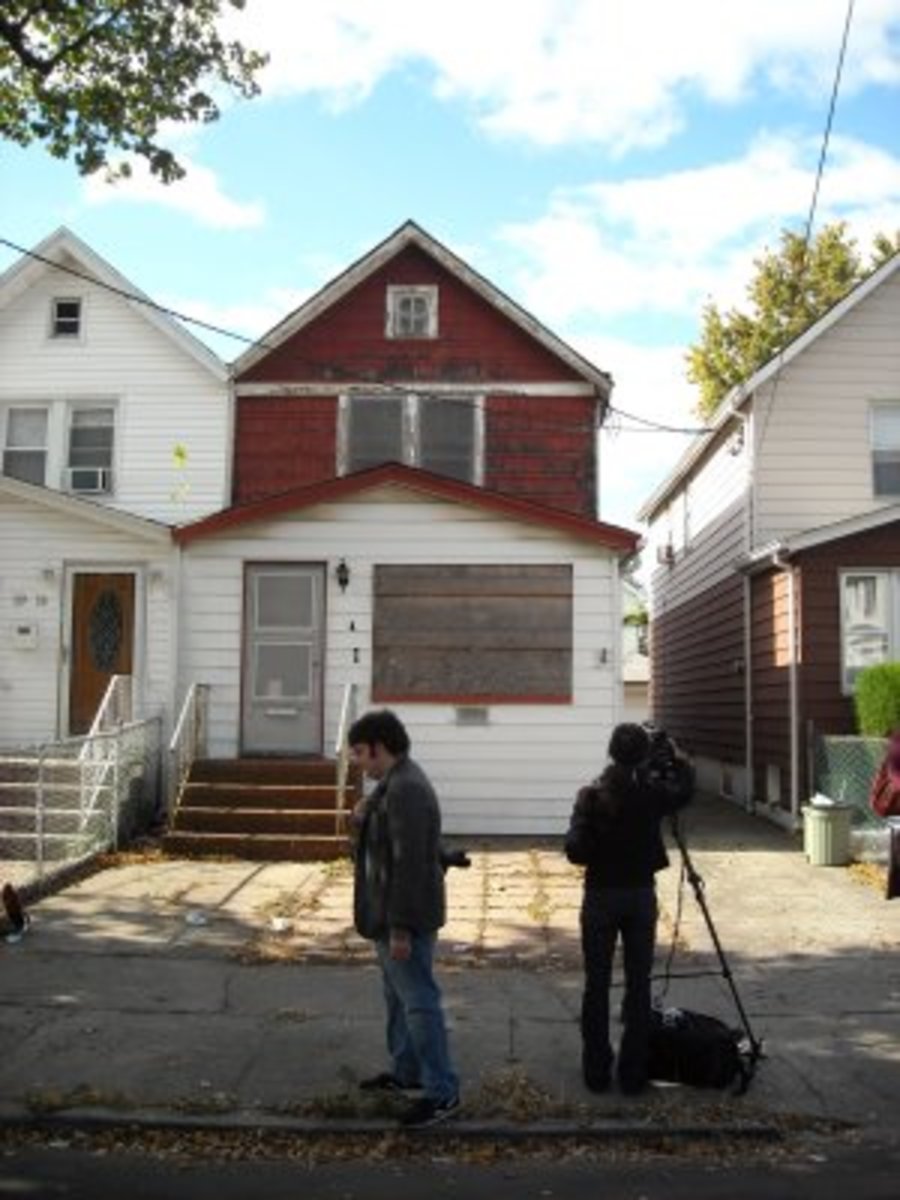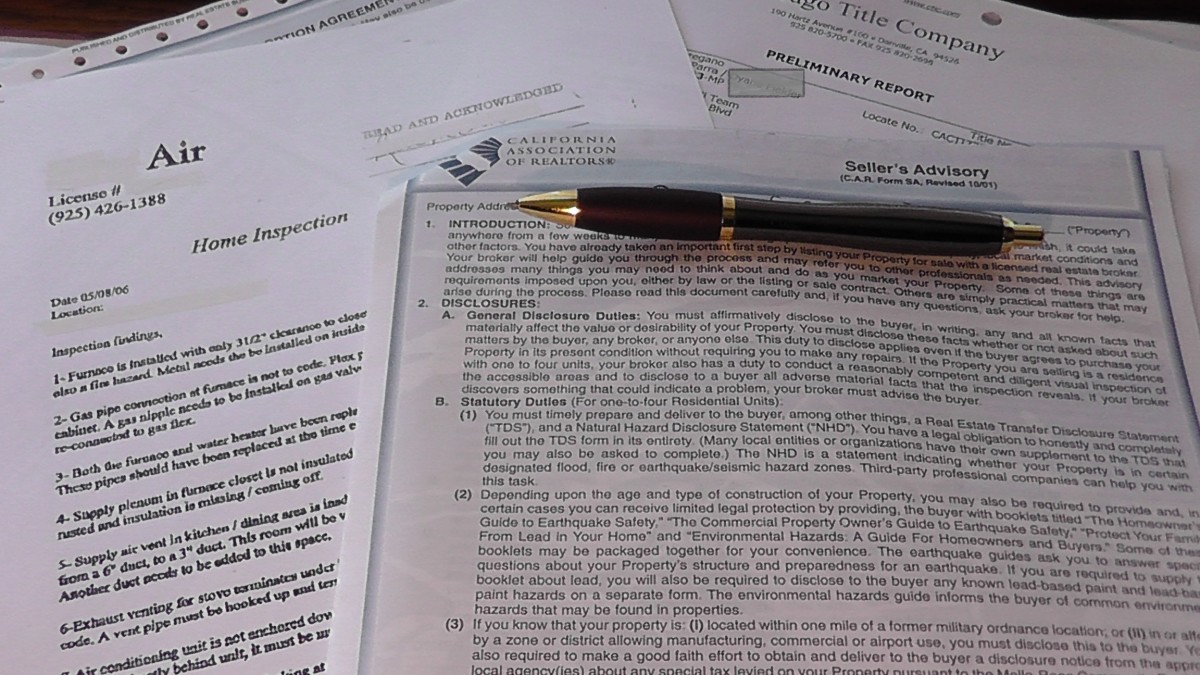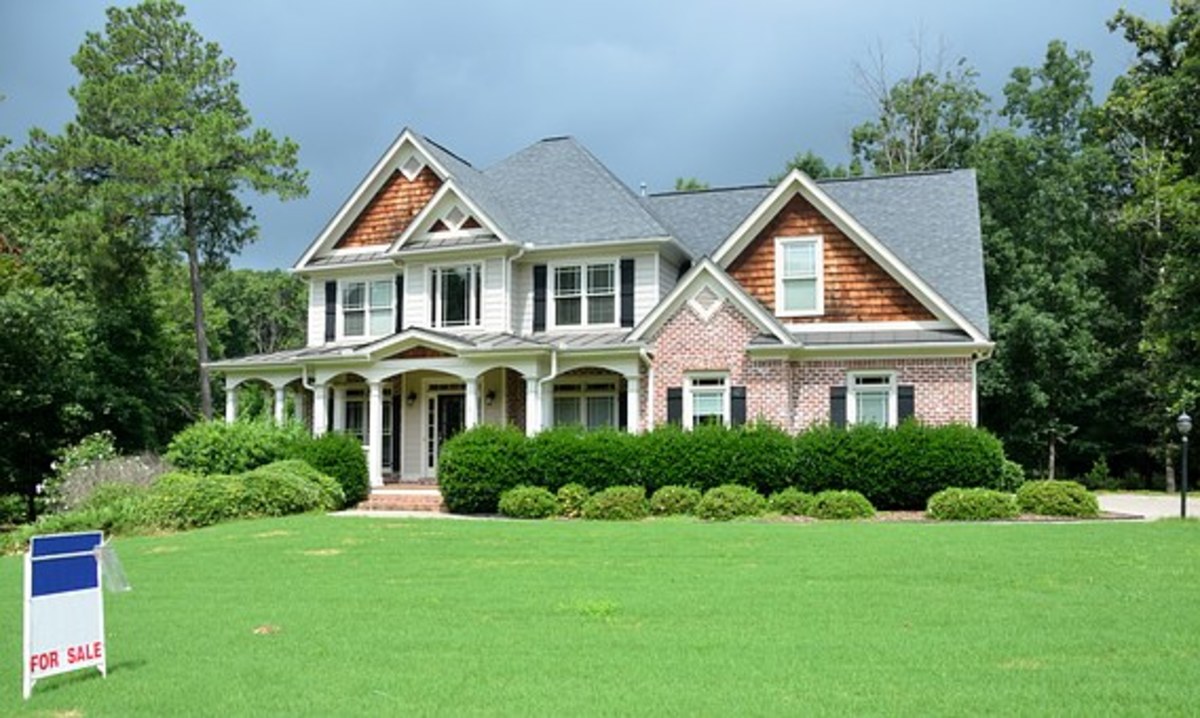DIY - Sell Your House Yourself - How To Write Real Estate Copy That Sells - Part 1

How to write an ad that will sell your house, explained step by step
They say that first impressions last forever, and never is that more true than when it comes to an ad designed to sell real estate. People sell houses for a million reasons, but they buy them for only one: Because they fall in love in that particular house. And why do they do that? They do so because that house has spoken to them, has touched them, has created positive, welcoming emotions and fits an internal image they carry within themselves of what their “home” looks like.
Another basic truth about real estate is that there is absolutely nothing you—or anyone else—can do to change that inner vision of the perfect home carried around by all potential buyers. In part that mental image is no doubt formed very early, as a reaction to the house in which they grew up, whether as an attempt to replicate that childhood home, or an attempt to escape from it. You, as a home seller, can do nothing to influence how any specific homebuyer will react to your property on a visceral level, but you absolutely can reach out to those whose first impression, whether it is formed by the photos you offer or by driving by, is positive and reassure them that—yes—your house is indeed exactly right for them, and can become their home
You have several tools at your disposal with which you can communicate with those potential buyers: You can make physical changes to your property that will make it more attractive (this is called “staging” and I will be devoting an upcoming article in this series to that topic), you can then take photos that are both honest and flattering (another article in this series will cover this in detail), and you can write an ad that will present your house in the best possible light. And that ad—just like the photographs—will be both scrupulously honest and very flattering.
Read what others have written here:
- Real Estate, Homes for Sale, MLS Listings, Real Estate Agents, Houses — Zip Realty
Use ZipRealty to find real estate, homes for sale, MLS listings, houses, photos, recent home sales, school information, real estate agents and more. - Trulia - Real Estate, Homes for Sale, Apartments for Rent, Local data
Find real estate, homes for sale, properties for rent, school and neighborhood information and much more. Find timely and comprehensive information about newest listings in your market. - Zillow - Real Estate, Homes for Sale, Recent Sales, Apartment Rentals
For many years, I worked as a graphic artist and copywriter for a firm that marketed high end real estate. Half of my job was editing the photos submitted by realtors in order to make the houses shine, and the other half was rewriting the ad copy they gave me in order to do the same in words.
I’ll discuss real estate photography in an upcoming article in this series, and you will be pleased to know that taking great photos is much easier than you might fear. The same is true of writing ad copy that will sell your house: it’s not difficult once you understand a few simple guidelines.
First of all, we now live in a world where almost everything takes place online. I will discuss wording your ad for print later in this article, but let’s instead start with how to write a great ad for the internet. And the main way those two media differ—print, and internet—is in the amount of space your ad can fill. Unfortunately, many realtors still write all their ads, for any medium, as if they were writing for a newspaper. That means that they use the formulaic abbreviations, poor grammar and “real estate speak” for online ads as they needed to do for print ads of very limited length, even though there is absolutely no reason to do so.
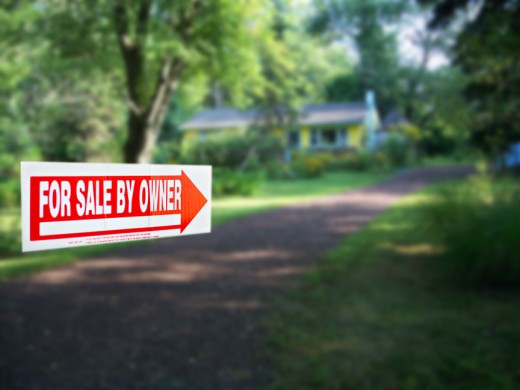
Using free online resources to sell your house quickly
If you look at a website such as Zillow, ZipRealty or Trulia, you will very quickly see that the home ads can be quite lengthy and detailed. There is no need to describe a 4 bedroom, 3 ½ bath house as a “4BR 3.5 B” house, but realtors do precisely that. It’s sheer laziness, in my opinion, the refusal to create two versions of the ad, one for print, one for the internet. And my guidance to you is to not make the same mistake.
So the first rule of writing great ad copy for the internet, copy that will sell your house, is to eschew “real estate speak” and write an ad that is grammatically correct, without leavening it with abbreviations.
Next, let’s take a tour of your property, and let’s start where a potential buyer will start: at the curb. Beginning from the spot where that buyer would enter your property (curb, driveway, whatever applies), literally walk to your main entrance door, and make a list of what you see as you do so. For example, if you walk through or past gardens to get to your front door, note that. If you go up slate steps or walk past a lawn statue that will stay with the house, write that on your list. Leaving out any features that you will be taking with you when you move, continue to the front door.
What is the front of your house made from, and of what style of domestic architecture does it belong? Write down brick or vinyl siding or whatever is the main structural material, then describe your house: Colonial, split level, ranch, farmhouse, Victorian, Tudor, modern—which description fits best? (Many houses are a combination of styles, if you need to, do a bit of research online to find the most applicable match).
You're going to need a lot of good signs
When was your house built? Its age belongs in the same paragraph as does its prime exterior features, and that will be the first part of your ad that you will write, so note it next to your houses style.
Do you enter your home through a porch? Write it down. Is the front door noteworthy in any way: is it new, energy-efficient, or original to a vintage house? Is it charming, or elegant or in any other way distinctive? Write it down; front doors have emotional impact and many buyers will have strong preferences for door types, so be specific. It may be that you will only use 50% of the features you will add to your list in the actual ad, but I want you to write down any and everything that makes your house, well, your house.
Keep your tour—and your list—in the following order: First describe the exterior front of your property, meaning the part through which a visitor would enter. Next, describe the foyer or wherever someone will enter.
You will then walk through and explain in detail the public areas of your house, the parts open to guests: The living room, dining room, any guest bath, hallway or other space where visitors would be welcomed. In reality, modern life has blurred the historic distinction between “public” and “private” spaces in our homes (also referred to as “formal” and “informal” areas), so that rooms that were once considered “family only” are now considered open to anyone invited into the house. It’s hard to imagine, with our current fixation on big, open kitchens, that those rooms were once off limits to guests, but older house such as mine may still have a door between the kitchen and dining room intended to keep that private space out of sight to dinner guests. For the sake of the ad, pretend those outdated, formal rules still apply because it will make your ad flow much more smoothly to do so.
This is the house I sold myself!
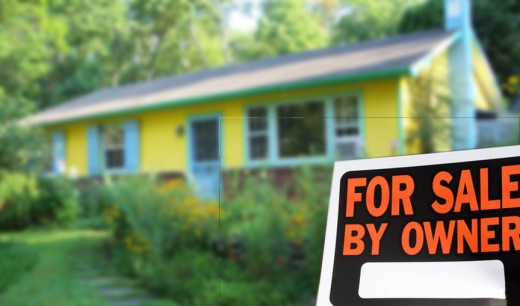
How to choose the correct adjectives to sell your house
Once you have listed all the features in the public areas of your home—such as fireplaces, built-in cabinets, carpeting or flooring, windows and window treatments that will stay with the house when sold—pause and go back over your list, adding adjectives that honestly describe those features.
Is the fireplace large , or surrounded by brick or marble? Write it down. Do the same with every feature on your list: does the guest bath have original or beautiful tile work? When you write your ad, you can use the synonyms feature available in most editing software to search for the best possible adjective, so do not worry about repeating yourself on your preliminary list.
After you have described the public rooms, begin with the kitchen, and then list any other rooms on the main floor, being sure to apply honest adjectives and include all the special touches in those rooms. The kitchen deserves extra attention because kitchens have become the hub of family life, but do not despair if your kitchen is older or tiny. Focus, always, on the positive aspects of your house.
Most American houses built after 1950 contain a room designed to be a less formal space than the living room, in which people can be together and interact—although all too often we are “together” physically in these rooms, while our attention is on the TV, computer and/or phone, not the other humans present. Be that as it may, these rooms have gone through an intriguing progression of titles, from the rec rooms of the ‘50’s through den, family room to today’s media room, great room and of course the various caves: mancave, girlcave, fitnesscave, etc. (Caves do not need to be located in a basement to deserve the name, by the way.)
With the rise of single people owning homes, “family room” has fallen into disfavor as it implies you need to have a family to own the room, so I would advise using media room in most cases, with great room reserved for extra large spaces with vaulted ceilings.
In the next part of this article, we will move on to bedrooms and baths, so keep reading; soon you will be ready to write the ad that will sell your house!
(I am an artist and the author of the Suburban Sprawl series of novels as well as two nonfiction books. Find out more about my work at RobertaLeeArt.com.)
Copyright © Roberta Lee 2012. All rights reserved.
Previously in this series:
- DIY - Sell Your House Yourself: How To Get Started
Selling a house is a difficult task, especially in today's market. However, I sold my own home, I sold it within 2 months, and I got a very fair asking price. This is the first in a series of articles that will explain exactly, in detail, how I did s - DIY - Sell Your House Yourself: How To Set An Asking Price - Part 1
If you are selling your house one of the hardest things to do is set a realistic asking price. Here's real, practical advice from someone who succeeded in selling a house without a realtor--and saved thousands by doing so! - DIY - Sell Your House Yourself: How To Set An Asking Price - Part 2
How much money could you save if you sold your house without using a real estate broker? Find out how I saved thousands by doing exactly tat, and how you can, too!
The sign you want at the end of your driveway - here it is at the end of mine!
